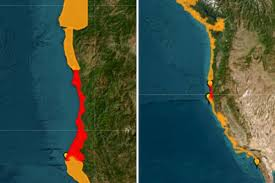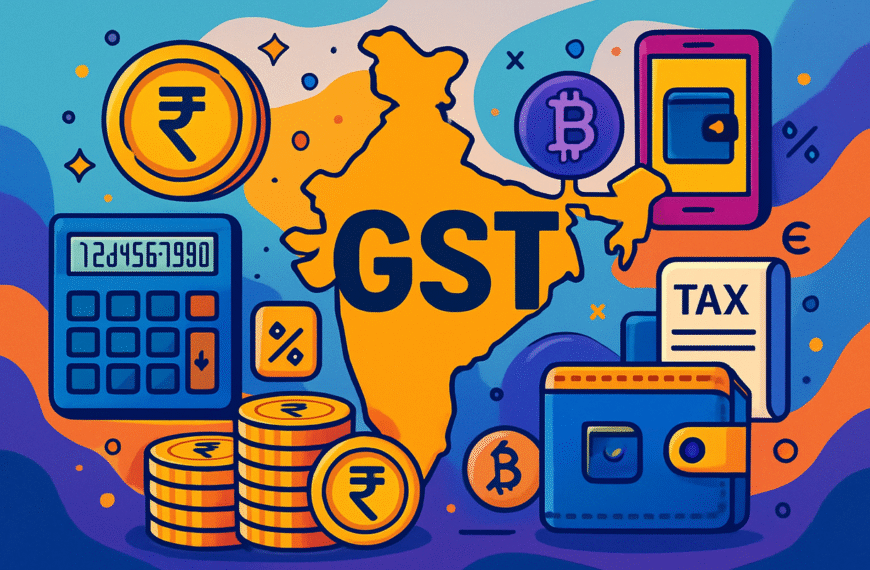1. Introduction
On July 29, 2025, a powerful 8.8 magnitude earthquake struck near the Kamchatka Peninsula in Russia, prompting a California Tsunami warning and advisory across parts of the Pacific, including California. The massive quake sent ripples of anxiety across the west coast of the United States as emergency services and government agencies sprang into action.
This blog provides a comprehensive, up-to-date, and detailed overview of the tsunami warning issued in California, why it happened, who is affected, what to do, and what we can learn moving forward.
2. What Triggered the Tsunami Warning?
At approximately 4:25 PM PDT (July 29, 2025), seismic monitors detected a massive undersea earthquake off the eastern coast of Russia’s Kamchatka Peninsula, one of the most seismically active regions on Earth. The quake struck at a depth of 24 kilometers beneath the seabed, creating enough energy to displace water and initiate the formation of tsunami waves.
Quick Facts:
- Magnitude: 8.8
- Location: Near Kamchatka Peninsula, Russia
- Depth: ~24 km
- Tsunami Generated: Yes
- Tsunami Watch/Warn Issued: Yes, across the Pacific Basin
Following the quake, the Pacific Tsunami Warning Center (PTWC) issued alerts to countries around the Pacific Rim, including Japan, Alaska, Hawaii, and the U.S. West Coast.
3. Timeline of Events
- 4:25 PM PDT: Earthquake hits off Russia’s Kamchatka coast.
- 4:40 PM: PTWC issues tsunami warning for Hawaii and advisory for U.S. West Coast.
- 5:10 PM: NOAA confirms wave propagation towards California.
- 6:45 PM: California Office of Emergency Services begins public notification.
- 11:50 PM: First waves observed in Crescent City, CA.
- 3:30 AM (July 30): High tide amplifies risk along Northern California coast.
4. Affected Regions in California
🟥 Northern California (California Tsunami Warning Zone):
- Del Norte County (Crescent City)
- Humboldt County
- Mendocino Coast
These areas are at the highest risk. Waves between 2 to 5 feet (0.6 to 1.5 meters) were forecast. Crescent City, in particular, has a tragic history with tsunamis and remains under close surveillance.
🟧 Central and Southern California Tsunami(Tsunami Advisory Zone):
- San Francisco Bay Area
- Monterey Bay
- Santa Barbara, Ventura
- Los Angeles County
- San Diego County
These areas face strong currents and minor wave surges, which can still cause serious dangers for swimmers, boaters, and anyone near the shore.
5. How California Tsunami Form After Earthquakes
A tsunami is generated when a significant disturbance occurs under the ocean—usually from an earthquake, volcanic eruption, or underwater landslide. In this case, the earthquake caused the seafloor to lift and push a massive column of water outward in all directions.
As the waves travel across deep oceans, they can go unnoticed. But when they reach shallow waters near the shore, their height increases dramatically—leading to destructive surges.
6. California’s Tsunami History
California has experienced several tsunamis in the past:
- 1964: Crescent City was devastated by a tsunami from a quake in Alaska. 12 people died.
- 2011: The Tōhoku Earthquake in Japan triggered a tsunami that caused damage in California harbors, including Santa Cruz.
- 2022: The Tonga eruption caused surges and flooding along parts of the California coastline.
These events have proven that even distant quakes can affect California with deadly consequences.
7. NOAA and USGS: How Warnings Are Issued
Once a large seismic event is detected, agencies like the U.S. Geological Survey (USGS) and NOAA (National Oceanic and Atmospheric Administration) quickly analyze the event’s magnitude, location, and depth.
Steps in Warning Process:
- Detection: Seismic networks register the quake within seconds.
- Analysis: Seismic data, water level changes, and modeling software are used.
- Tsunami Forecasts: Predict arrival time, wave height, and danger zones.
- Communication: Alerts sent via text, sirens, social media, TV, radio, and apps.
8. What to Do During a Tsunami Warning
If you’re in a Tsunami Warning Zone (like Northern California):
- 🧭 Evacuate low-lying coastal areas immediately.
- 🏞️ Move inland or to higher ground.
- 🚗 Avoid bridges and tunnels near coastal zones.
- 📱 Keep mobile devices charged and monitor official updates.
- 🚫 Do not return until officials declare it safe.
If you’re in an Advisory Zone:
- 🚫 Stay off beaches and out of the water.
- 🛶 Avoid boating, surfing, and harbor activity.
- 🗺️ Watch for unpredictable currents in rivers and bays.
9. Impact on Coastal Communities
While waves were lower than in historical disasters, flooding and structural damage still occurred in harbor areas like:
- Crescent City: Minor damage to docks and boats.
- Santa Cruz: Strong currents flipped small boats.
- Ventura and Oxnard: Coastal road closures and minor flooding.
Marinas, fish markets, and beachside businesses were impacted due to closures.
10. Emergency Response and Government Action
The California Office of Emergency Services (Cal OES) activated Emergency Operations Centers. The National Guard was placed on standby in Northern California.
Agencies Involved:
- FEMA
- U.S. Coast Guard
- Red Cross
- Local County Emergency Managers
- California Highway Patrol
Evacuation shelters were opened in Del Norte and Humboldt Counties for displaced residents.

11. Precautionary Measures for Residents
Here are a few things all Californians—especially those living along the coast—should keep in mind:
Create a California Tsunami Emergency Kit:
- Water (1 gallon/person/day for 3 days)
- Non-perishable food
- Flashlight and batteries
- First aid kit
- Medications
- Local maps and a whistle
Know the Evacuation Routes:
- Most coastal cities have clearly marked California Tsunami evacuation routes.
- Practice evacuation drills with your family.
Sign up for Alerts:
- CalAlerts.org
- NOAA Weather Radio
- MyShake App (Earthquake early warning)
12. Role of Media and Technology in Warnings
Technology has played a crucial role in disaster communication. Within minutes of the quake, alerts were broadcast through:
- TV and radio interrupt systems
- Google and Apple emergency push notifications
- Twitter/X posts from official accounts (NWS, FEMA, local sheriffs)
- Community sirens and PA systems
- The role of modern technology in crisis response is undeniable. In this case:
- Mobile notifications (via FEMA, Google, Apple) were dispatched instantly.
- TV and radio stations paused regular programming to announce alerts.
- Social media channels, especially Twitter/X, were vital in relaying updates.
- Public alert sirens were activated in Northern California towns.
Social media also helped spread awareness and safety tips rapidly.
13. Environmental and Economic Impact
Environmental Impact:
- Coastal erosion due to wave activity
- Harm to marine life and nesting birds in shoreline zones
- Saltwater intrusion into coastal wetlands
Economic Impact:
- Tourism losses from beach closures
- Harbor and marina damages (repair costs pending)
- Small business disruption in coastal towns
Insurance claims are expected to rise, especially in fishing and marine operations.
14. Final Safety Tips
✅ Always take tsunami warnings seriously—even small surges can be deadly.
✅ Don’t go sightseeing after a tsunami warning. Waves can come in multiple surges over many hours.
✅ Teach kids about tsunami safety early. Use resources like Ready.gov.
✅ Prepare your pets too—keep leashes, food, and a travel crate in your go-bag.
✅ Report hazards like gas leaks, exposed wiring, or debris to local emergency services.
15. Conclusion
California Tsunami
The July 29, 2025 tsunami warning for California serves as a powerful reminder of the vulnerability of our coastal communities—not just to local quakes, but to distant seismic events as well. While the actual damage was limited thanks to quick action and public awareness, the threat was very real.
We must continue to invest in public preparedness, infrastructure resilience, and scientific monitoring systems. Natural disasters may be unpredictable, but with knowledge and preparation, we can reduce their impact.
Whether you’re in Crescent City, San Francisco, or San Diego—stay alert, stay informed, and stay safe.

















